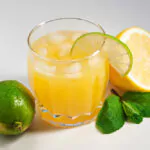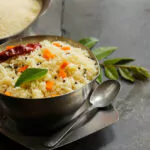The Ultimate Guide to Starting a Gluten Free Diet
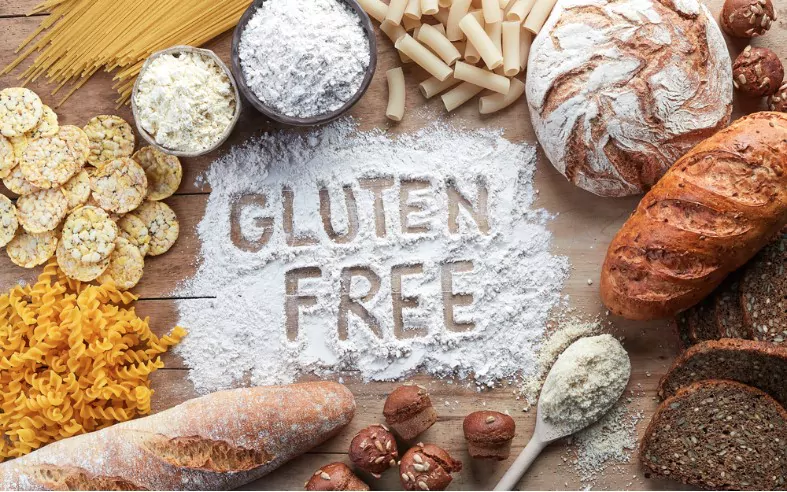
Embarking on a journey of gluten free diets can be overwhelming, especially with the myriad of information available. Gluten has been a vital ingredient in many foods, but for various reasons, some people opt for a gluten-free path. Let’s delve deeper into this dietary choice and what it entails.
1 What is a Gluten-Free Diet?
A gluten-free diet involves eliminating foods that contain the protein gluten. Gluten is primarily found in wheat, barley, and rye. It’s responsible for giving dough its elastic texture. But why are some people avoiding it?
2 Reasons for Adopting a Gluten-Free Diet
- Celiac Disease: This autoimmune disorder affects the small intestines. When someone with coeliac disease or celiac disease consumes gluten-containing foods, their immune system reacts and damages the lining of the intestines. For people with celiac disease, a strict gluten-free diet is mandatory for health reasons.[1]
- Non-celiac Gluten Sensitivity: Some people experience symptoms similar to celiac disease after eating gluten, but they do not test positive for celiac. This is known as non-celiac gluten sensitivity.
- Wheat Allergy: This is an allergic reaction to proteins present in wheat. It’s different from celiac disease and gluten intolerance.
Some people also choose this free diet for other health reasons or preferences.
Hidden sources include:
- Soy sauce, which often contains wheat.
- Salad dressings that may have malt vinegar, soy sauce, or other gluten-containing ingredients.
- Products with modified food starch and malt extract, malt syrup, or malt vinegar.
3 Gluten Containing Foods to Avoid
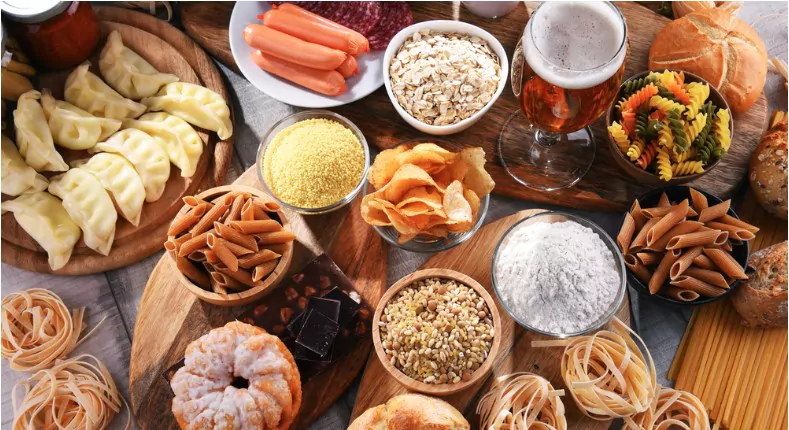
When switching to a gluten-free diet, it’s essential to be aware of foods that contain gluten. These include:
- Wheat varieties like spelt, kamut, wheat berries, durum, and semolina.
- Avoid gluten-containing grain like barley, rye, and triticale.
- Foods that use wheat flour as an ingredient like bread, cakes, baked goods, pasta, and cereals.
- Processed foods that might have added gluten-containing ingredients such as hot dogs, veggie burgers, and meat substitutes.
- Alcoholic beverages like beer, lagers, and malt beverages unless labeled gluten-free.
4 Embracing Gluten-Free Foods
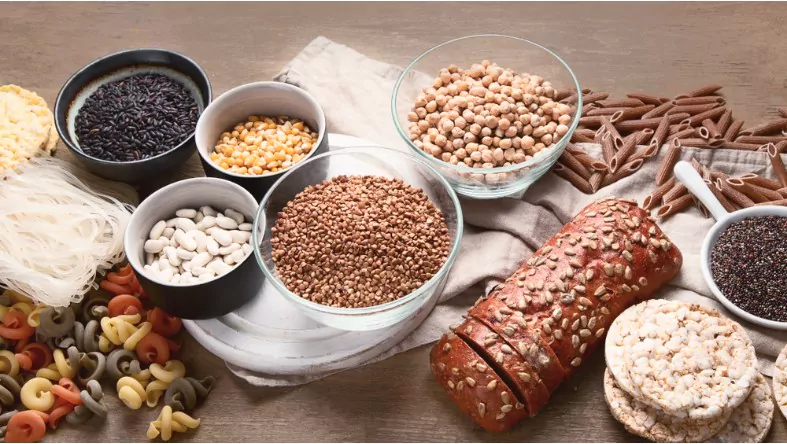
Naturally, Gluten-Free Foods: Most fruits and vegetables, fresh fish, fresh chicken, fresh beef, eggs, and most dairy products are naturally gluten-free. Consuming them is beneficial for everyone, especially those on a gluten-free journey.
Gluten-Free Whole Grains: Some grains are naturally gluten-free. Examples include rice, quinoa, millet, and buckwheat. Make sure they are not cross-contaminated with gluten-containing grains.
Processed Foods: While many processed foods have gluten, there are gluten-free versions available. Examples include gluten-free flour made from rice, almond, or potato flour, breakfast cereals, and pasta.
Other options: Most beverages, including natural juices, soft drinks, and spirits, are typically gluten-free. However, as always, check labels to be sure.
5 The Importance of Reading Food Labels
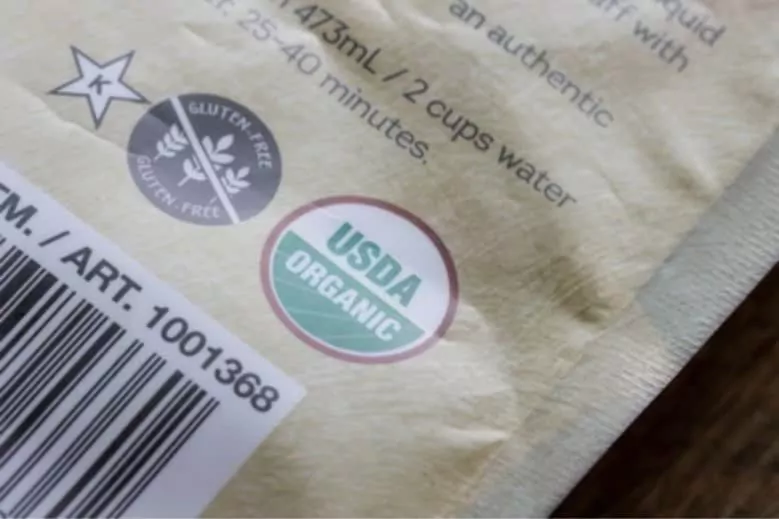
With a rise in the demand for gluten-free products, many brands have introduced gluten-free alternatives. But not everything labeled “gluten-free” is entirely devoid of gluten. In some countries, the term “gluten-free” can be used if the food contains less than 20 ppm of gluten. Therefore, to avoid any gluten contamination, always check food labels for terms like certified gluten-free.
Potential Challenges
Cross Contamination: Gluten-free foods can become cross-contaminated with gluten if processed on the same equipment. For instance, oats are naturally gluten-free but can be contaminated during processing.
Eating out can be challenging, as many foods, especially delicious foods from restaurants, might be made with gluten-containing ingredients. Always inquire about gluten-free options when dining out.
Nutritional deficiencies: Since wheat flour is often fortified, those on a gluten-free diet might miss out on essential nutrients.
6 List of processed foods containing gluten
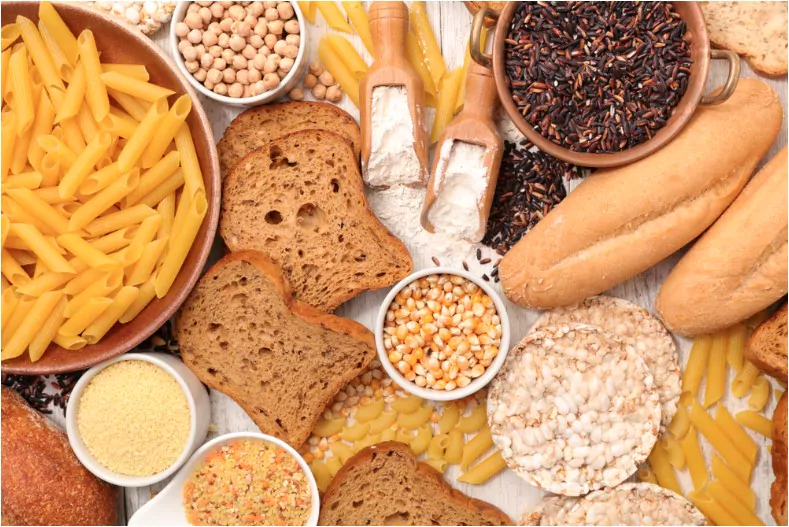
Processed foods can be a minefield for those trying to maintain a gluten-free diet. Gluten, primarily found in wheat, barley, and rye, can often be hidden in processed food items under various names or as part of other ingredients. Here’s a list of processed foods that often contain gluten:
- Baked Goods: This category is perhaps the most obvious. Most breads, cakes, muffins, pastries, cookies, and pies are made with wheat flour.
- Pasta: Traditional pasta is made from wheat flour, which contains gluten.
- Cereals: Many breakfast cereals are made from wheat or contain malt flavoring or extract, which is derived from barley.
- Processed Meats: This includes sausages, hot dogs, and some deli meats which may have gluten-containing fillers.
- Soups and Broths: Many canned soups and broths use wheat as a thickening agent.
- Sauces and Gravies: Many sauces, especially soy sauce, contain wheat. Gravies often use wheat flour as a thickener.
- Salad Dressings: Some dressings might use wheat-based ingredients to achieve a certain consistency or flavor.
- Beer: Most beers are made from malted barley, which contains gluten.
- Snack Foods: This includes pretzels, crackers, and other snack foods made with wheat flour.
- Frozen Foods: Many frozen foods, especially breaded items like chicken nuggets, fish sticks, and frozen pizzas, contain gluten.
- Imitation Seafood and Meat: Products like imitation crab meat often contain fillers or flavourings that are derived from wheat.
- Vegetarian and Vegan Meat Substitutes: Many meat substitutes like veggie burgers and seitan are made from wheat gluten.
- Candy: Some candies use wheat ingredients or are processed in facilities where cross-contamination can occur.
- Malt: This is often used as a flavoring or flavor enhancer in many foods and is derived from barley. This includes malt vinegar, malted milk, and malt syrup.
- Seasoning Mixes and Spice Blends: Some of these mixes contain wheat flour or other gluten-containing ingredients as fillers.
- Chips: Some flavored potato and tortilla chips might have malt extract or wheat starch as an ingredient.
- Instant Drinks and Coffees: Some of these might have wheat-based additives or be cross-contaminated.
- Medications and Supplements: While not a food, it’s important to note that some medications and supplements use gluten as a binding agent.
7 Wrapping Up
Adopting a gluten-free diet can be life-saving for those with celiac disease and beneficial for others with gluten sensitivities. Whether it’s scanning food labels for wheat starch or exploring the wide array of gluten-free flours, it’s a journey to better health. Remember, while many processed foods are off-limits, the world of naturally gluten-free grains, fruits and vegetables, and fresh meats remains wide open. As with any diet, consultation with a nutritionist or healthcare provider is recommended.
While it’s a challenge to avoid gluten in a world full of gluten-containing food, it’s entirely possible with awareness and a bit of effort. So, here’s to healthier, gluten-free choices and a life full of delicious, nutritious food!
Community Q&A
References
-
1.
Benjamin Niland, and Brooks D. Cash: Health Benefits and Adverse Effects of a Gluten-Free Diet in Non–Celiac Disease Patients. - Retrieved on February 2, 2018
About This Article
This article has been viewed 285 times.


